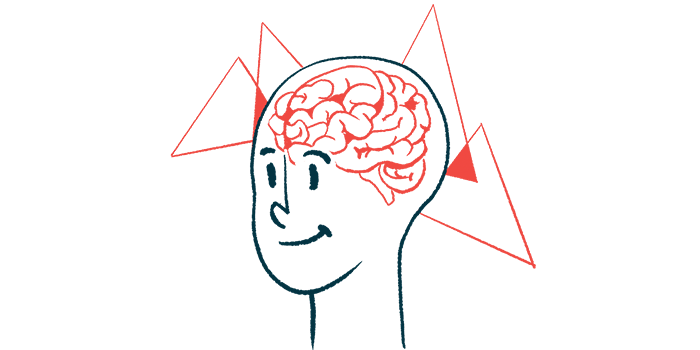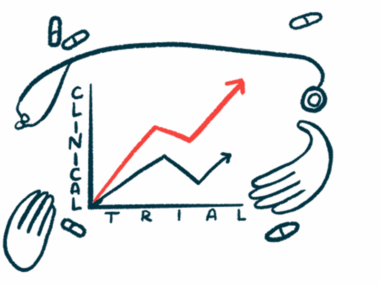In Parkinson’s, adaptive DBS better than standard DBS procedure
Nerve signals associated with motor fluctuations can be detected in real time
Written by |

Adaptive deep brain stimulation (DBS) outperformed traditional DBS in alleviating motor symptoms and enhancing the quality of life for people with Parkinson’s disease, a pilot study shows.
In adaptive DBS, nerve signals associated with motor fluctuations are detected in real time and stimulation is automatically adjusted to ease such symptoms. In traditional DBS, stimulation is constant or adjusted manually by clinicians in response to symptoms.
“This is the future of deep brain stimulation for Parkinson’s disease,” Philip Starr, MD, PhD, a senior author of the study and the Dolores Cakebread professor of neurological surgery at the University of California, San Francisco (UCSF), said in a university news release.
The study, “Chronic adaptive deep brain stimulation versus conventional stimulation in Parkinson’s disease: a blinded randomized feasibility trial,” was published in Nature Medicine.
DBS is a surgical treatment where a device is implanted in the brain to deliver electrical stimulation. This stimulation is thought to interrupt abnormal signaling patterns and ease Parkinson’s motor symptoms like tremor, rigidity, and bradykinesia, which is slowed movement. The surgery is generally offered after medications fail to fully control these symptoms. It can also help with dyskinesia, the involuntary movements that can arise with long-term medication use.
The trouble with standard DBS
But traditional DBS delivers constant stimulation and is unresponsive to patient activities or variations in symptom severity. Clinicians typically must manually adjust the signal intensity in response to changes in symptoms. As a result, there’s a growing interest in adaptive DBS, which detects nerve signals in real time and automatically adjusts stimulation in response to patients’ needs.
“There’s been a great deal of interest in improving DBS therapy by making it adaptive and self-regulating, but it’s only been recently that the right tools and methods have been available to allow people to use this long-term in their homes,” said Starr, who also is the co-director of the UCSF Movement Disorders and Neuromodulation Clinic.
Starr’s team previously developed a method to detect and record abnormal brain rhythms associated with Parkinson’s. Later they identified specific patterns in those rhythms that correspond to motor symptoms. This year, UCSF researchers showed that adaptive DBS has the potential to alleviate insomnia, a common nonmotor symptom in Parkinson’s.
In the study (NCT03582891), the researchers tested whether adaptive DBS worked during the day by comparing its outcomes with traditional constant DBS.
The adaptive DBS system detects slow movements via a drop in neural markers below a certain threshold, which triggers an increase in stimulation to alleviate such symptoms. Using a hand-held device, patients could stop the adaptive mode or turn the treatment off entirely.
Testing adaptive DBS in Parkinson’s patients
Four male Parkinson’s patients were recruited from a population who still had ongoing motor problems despite having optimized constant DBS. Each patient identified their most bothersome motor symptom and was then randomly assigned to receive either adaptive DBS or constant DBS, and then switched. None of the participants knew which type of DBS they received.
All four patients showed a reduction in the percentage of time of the most bothersome symptom during adaptive DBS than optimized constant DBS without worsening other symptoms. Moreover, adaptive DBD enhanced their’ quality of life, as indicated by the EQ-5D questionnaire.
Adaptive DBS didn’t adversely affect any other motor or nonmotor symptoms, such as depression, anxiety, apathy, impulsivity, or sleep.
“The big shift we’ve made with adaptive DBS is that we’re able to detect, in real time, where a patient is on the symptom spectrum and match it with the exact amount of stimulation they need,” said Simon Little, PhD, an associate professor of neurology and a senior author of the study. “We see that it has a profound impact on patients, with potential not just in Parkinson’s, but probably for psychiatric conditions like depression and obsessive-compulsive disorder as well.
“We’re at the beginning of a new era of neurostimulation therapies,” Starr said.






